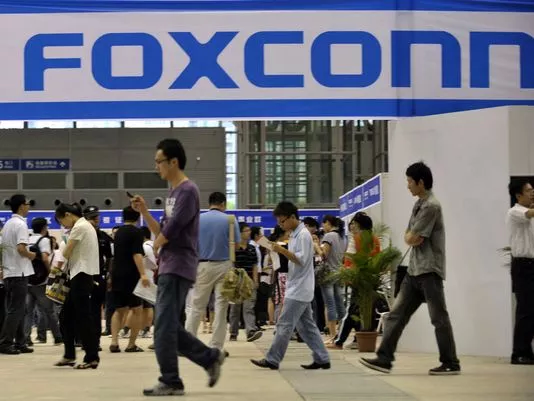Before Wisconsin, Foxconn Vowed Big Spending in Brazil. Few Jobs Have Come.
富士康中国制造模式海外遇挫
Source: The New York Times September 21, 2017
来源:2017年9月21日,《纽约时报》
Before the Taiwanese manufacturing giant Foxconn pledged to spend $10 billion and create 13,000 jobs in Wisconsin, the company made a similar promise in Brazil.
台湾制造业巨头富士康承诺,在威斯康星州投资100亿美元,以创造1.3万个工作岗位。此前,该公司曾在巴西做出过类似的承诺。
At a news conference in Brazil, Foxconn officials unveiled plans to invest billions of dollars and build one of the world's biggest manufacturing hubs in the state of São Paulo. The government had high expectations that the project would yield 100,000 jobs.
当时,富士康的高管们在巴西的一个新闻发布会上公布了相关计划,说会在圣保罗州投资数十亿美元,建设一个在世界范围内都属于顶级规模的制造中心。巴西政府曾对该项目寄予厚望,希望它能创造十万个工作机会。
Six years later, Brazil is still waiting for most of those jobs to materialize.
六年后,巴西依然在翘首期盼大部分相关工作岗位的出现。

Foxconn's experience in Brazil and other parts of the world illustrates how difficult it has been for it to replicate its enormously successful Chinese manufacturing model elsewhere.
富士康在巴西及世界各地的经历表明,它很难在其他地方复制自己异常成功的中国制造模式。
In China, Foxconn has built vast factories backed by large government subsidies. Its operations —assembling iPhones for Apple, Kindles for Amazon and PlayStations for Sony—employ legions of young assembly-line workers who often toil 60 hours a week for about $2.50 an hour.
在中国,富士康依靠政府的巨额补贴建立了很多工厂。它的工厂会为苹果(Apple)装配iPhone,为亚马逊(Amazon)装配Kindle,为索尼(Sony)装配PlayStations,它雇用了大批年轻的装配线工人,他们常常每周辛苦地工作60个小时,时薪约为2.5美元。
But the model does not translate easily to other countries, where Foxconn must navigate different social, political and labor conditions.
但这种模式很难用到其他国家,富士康必须适应不同国家的社会、政治和劳动条件。
The global supply chain for electronics remains firmly rooted in Asia, where advantages like low-cost labor and an abundance of skilled engineers have been crucial to the region's development as a manufacturing base.
电子产品的全球供应链依然深深扎根在亚洲,那里的低成本劳动力和大量熟练工程师等优势对于该地区作为制造基地的发展至关重要。












